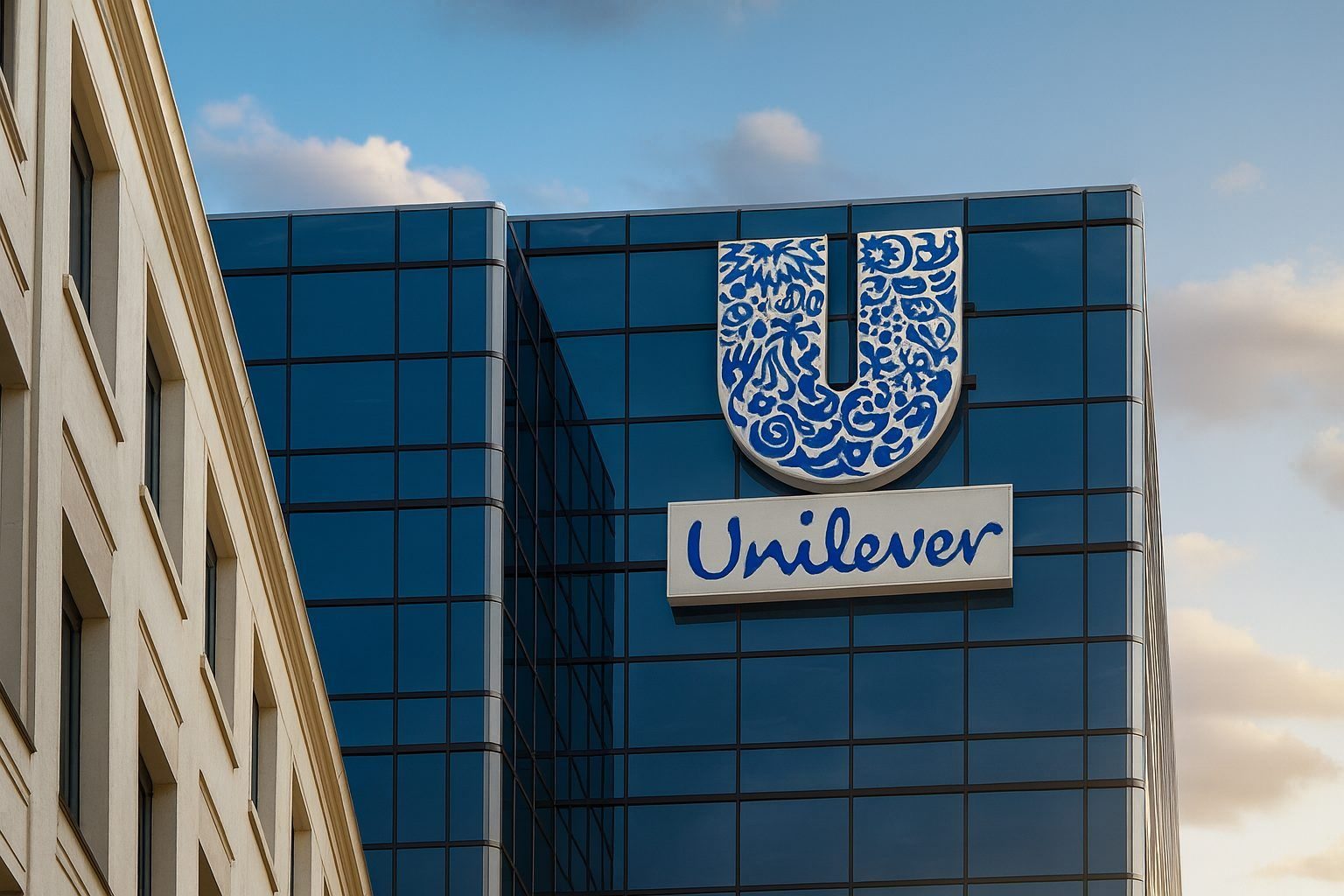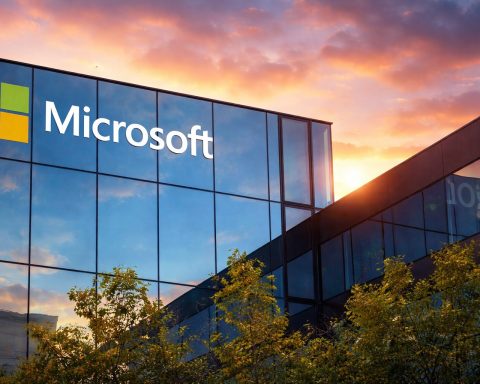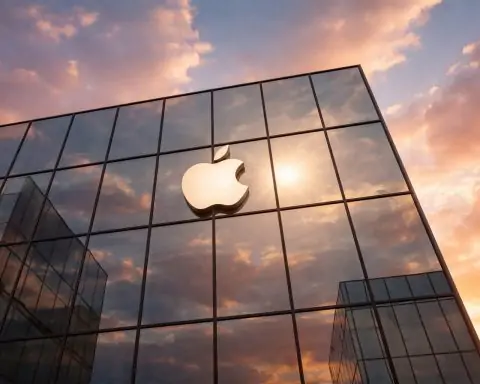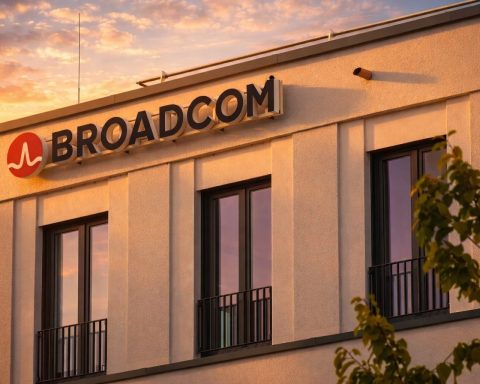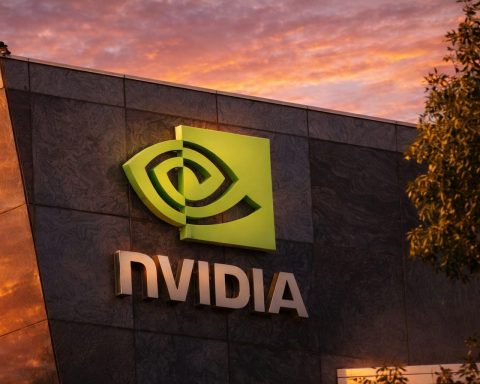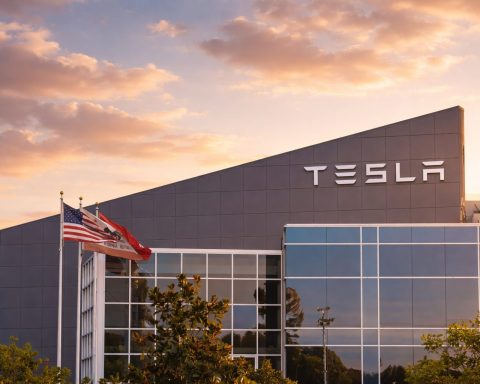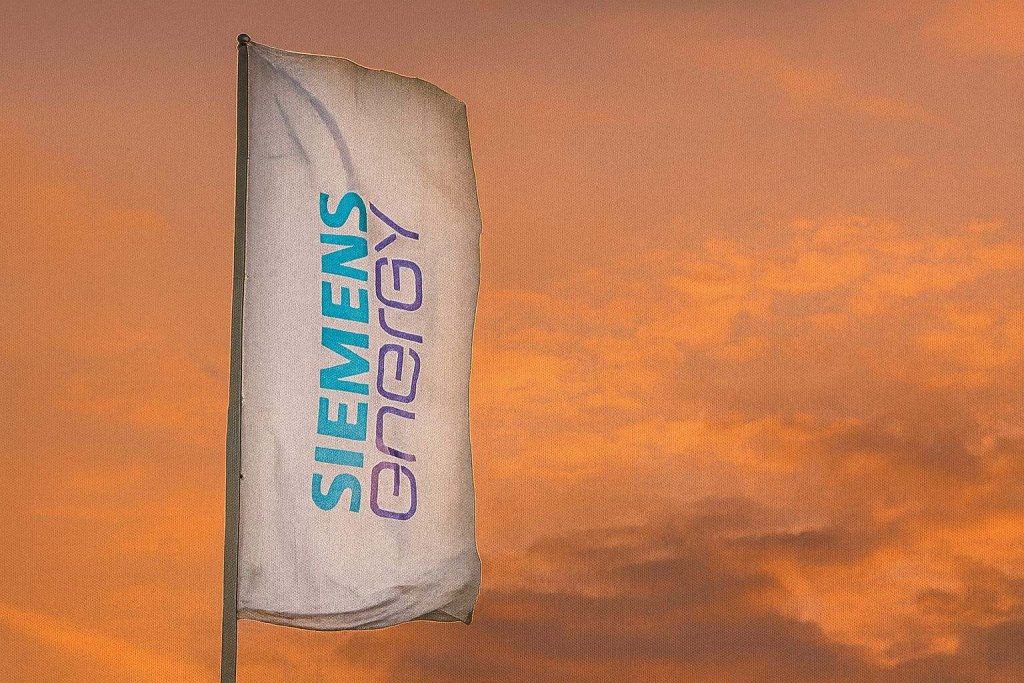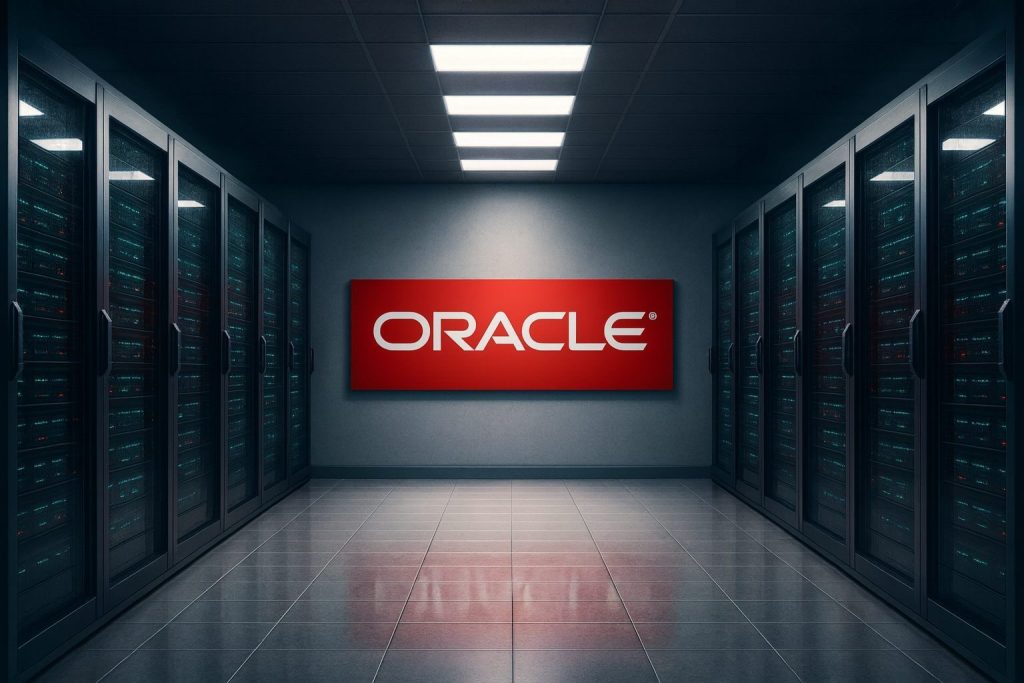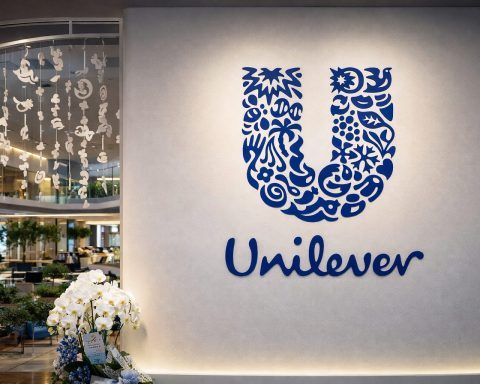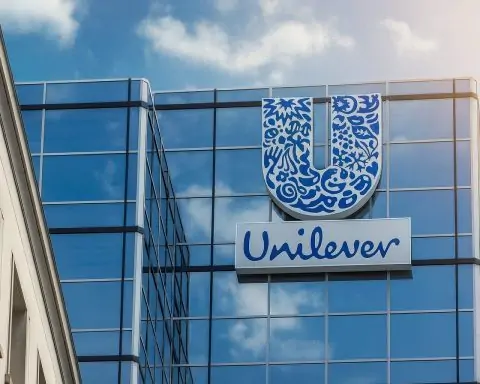LONDON – 27 November 2025 – Unilever PLC (LON: ULVR, NYSE: UL) is heading into the year-end as one of the most closely watched consumer staples stocks in Europe. The group is pushing ahead with the long‑planned spin‑off of its ice cream arm, The Magnum Ice Cream Company (TMICC), backed by a €3 billion bond sale, while analysts remain sharply divided and institutional investors continue to add to positions. [1]
Key takeaways for 27 November 2025
- Share price today: Unilever’s London‑listed shares closed at 4,521p on Thursday, flat on the previous day, after trading between 4,486p and 4,522p on relatively light volume of around 408,000 shares. [2]
- Spin‑off countdown: Ice cream subsidiary TMICC has completed a €3 billion debut bond issue, with the demerger from Unilever due to complete on 6 December and TMICC shares set to start trading in Amsterdam on 8 December 2025. [3]
- Mixed analyst calls:UBS has reiterated a Sell rating with a 4,120p price target, while JPMorgan has reaffirmed its Buy and raised its target to 5,700p. Overall, the stock carries a “Hold” consensus based on a perfect 3–3 split between Buy and Sell recommendations. [4]
- Institutional buying: Coldstream Capital Management lifted its US‑listed Unilever stake by 59.5% in Q2, while other large investors including Wellington and BNP Paribas have also been adding, with institutional ownership in UL estimated at around 9.7%. [5]
- Defensive profile: Unilever features in a fresh list of the “10 Best Low Volatility Large Cap Stocks to Invest In”, with a market cap near $111 billion, beta of 0.22 and analyst‑implied upside of about 18%. [6]
- Dividend still intact: The group is paying a quarterly dividend of €0.4528 per share for Q3 2025 (ex‑dividend 6 November; payment due 5 December) and expects to pay the Q4 dividend in full even after the ice cream separation. [7]
Unilever share price today: ULVR drifts while story turns more complex
In London, Unilever shares ended the session at 4,521p, unchanged on the day but down modestly from the mid‑November highs around 4,585p. Over the last two weeks the shares have slipped by roughly 2%, reflecting a period of consolidation after a strong run earlier in the year. [8]
On continental European exchanges, Unilever is changing hands around €51.5 per share, with today’s trading range roughly €51.44–€52.10, pointing to similarly muted price action in euro terms. [9]
In the US, Unilever’s NYSE‑listed ADR (ticker UL) is trading in the low‑$60s. MarketBeat cites a recent price of about $60.25, within a 52‑week range of $54.32–$65.66. [10]
Put together, the market is clearly in “wait‑and‑see” mode: there is no panic selling ahead of the spin‑off, but also little enthusiasm to re‑rate the stock until investors have greater visibility on “new Unilever” post‑demerger.
Magnum Ice Cream’s €3bn bond and December listing: the spin‑off gets real
The headline Unilever story today is the rapid progress at The Magnum Ice Cream Company, which is being separated into a standalone business this quarter.
€3 billion bond sale, seven times oversubscribed
On Wednesday, Magnum announced the successful completion of its €3.0 billion debut bond issue via Magnum ICC Finance B.V. The financing was structured as four €750 million tranches, maturing in 2029, 2031, 2034 and 2037, with coupons ranging from 2.75% to 4.00%. The order book was oversubscribed more than seven times, indicating strong fixed‑income investor appetite for the soon‑to‑be‑listed ice cream pure‑play. [11]
Magnum’s CFO Abhijit Bhattacharya called the demand “fantastic” and framed the issue as a key step in funding the group’s independent growth strategy as a stand‑alone company. [12]
Listing timetable: 6–8 December 2025
According to Reuters and subsequent pick‑ups in regional media, the demerger from Unilever is now expected to complete on 6 December, with Magnum shares due to start trading in Amsterdam on 8 December 2025. [13]
This marks a clear update from last month, when Unilever acknowledged the US federal government shutdown had forced a revision to the earlier timetable, though it reaffirmed its commitment to separate the ice cream business in 2025. [14]
Under the current plan, Unilever shareholders will receive one TMICC share for every five Unilever shares or ADSs held, while Unilever will keep a c.19.9% stake in the ice cream company for up to five years, to be sold down gradually to cover separation costs and preserve financial flexibility. [15]
“Ice cream only”: strategy, GLP‑1 and tariffs
A BusinessWorld/Reuters feature today puts colour around Magnum’s positioning. Speaking at Magnum’s Gloucester factory in England, supply chain chief Sandeep Desai stressed that the business is “focused on ice cream and ice cream only,” highlighting how the separation is meant to sharpen strategic focus compared with the broader Unilever portfolio. [16]
Key operational points from that piece:
- Magnum is investing £50 million to upgrade the Gloucester plant, aiming to lift capacity by 50% by 2027 from today’s level of about 600 million ice creams a year. [17]
- Management acknowledges the potential demand impact from GLP‑1 weight‑loss drugs, but views ice cream as an “indulgent snack” category that should prove resilient, especially as the company adds more protein‑ and hydration‑focused products and lower‑sugar, smaller‑portion options. [18]
- The new company expects higher exposure to cocoa and sugar price volatility but argues a focused balance sheet and supply chain will make hedging more effective. [19]
- Recent US tariffs on certain food imports were described as having only a “tens of millions” impact thanks to Magnum’s increasing local production in the United States. [20]
For Unilever shareholders, this matters because the ice cream business accounted for around 16% of Q3 2025 turnover, with underlying sales growth of 3.7% (all from price, with flat volumes). [21] In other words, shareholders are about to swap a mid‑single‑digit‑growth, moderately capital‑intensive asset for pure exposure to Unilever’s higher‑margin Beauty, Personal Care, Home Care and Foods franchises.
What the spin‑off means for “new Unilever”
Unilever’s October Q3 trading update painted the picture of a slower‑growing but broadly resilient consumer staples giant:
- Group underlying sales growth (USG) in Q3 was 3.9%, with 2.4% price and 1.5% volume, while nine‑month USG stood at 3.6%. [22]
- Developed markets grew 3.7%, led by volume‑led momentum in North America, while emerging markets accelerated to 4.1% USG, helped by India and Indonesia. [23]
- Unilever reiterated its full‑year 2025 guidance for USG in the 3–5% range and flagged continued progress on its €800m productivity programme, which is expected to deliver around €650m of savings by year‑end 2025. [24]
The removal of ice cream should leave Unilever:
- Simpler and more focused, with four Business Groups instead of five.
- Less seasonal and somewhat less cyclical, given ice cream’s summer skew.
- Potentially higher margin, assuming overhead savings and a mix shift into premium Beauty & Wellbeing and Personal Care brands.
To preserve per‑share metrics around earnings and dividends after the demerger, Unilever plans a share consolidation, reducing the number of shares in issue but keeping each investor’s proportional stake unchanged. [25]
For now, Unilever has also reassured investors that it expects to pay the Q4 2025 dividend in full, signalling that the spin‑off is not a backdoor dividend cut. [26]
Analyst community splits: UBS vs JPMorgan and a “Hold” consensus
If markets are calm, the sell‑side is anything but unanimous.
- UBS has reiterated its Sell rating on Unilever, maintaining a price target of 4,120p. The bank has been one of the more vocal sceptics around the Magnum spin‑out, arguing that the separation may not deliver enough margin uplift at “new Unilever” to justify current valuation multiples. [27]
- In sharp contrast, JPMorgan this week reaffirmed its Buy rating and raised its target price from 5,400p to 5,700p, citing the demerger and ongoing productivity gains as key catalysts for a re‑rating. [28]
Over the last 12 months, six major analysts tracked by MarketBeat have issued views on ULVR, split almost perfectly:
- 3 × Buy,
- 0 × Hold,
- 3 × Sell,
resulting in an overall “Hold” consensus. [29]
On the US‑listed ADR, the tone is somewhat more constructive: MarketBeat notes a “Moderate Buy” average rating, with an average price target of about $73, versus the current price around $60. [30]
SimplyWall.St, which aggregates analyst models, projects that Unilever’s earnings could grow at about 9.8% per year over the next few years, with revenue growth closer to 2.7%, implying margin improvement rather than a big acceleration in top‑line growth. [31]
In plain language: the bullish camp is betting that Unilever’s premiumisation strategy and cost‑cutting will finally show up in higher earnings per share once ice cream is gone. The bears worry that growth remains too pedestrian and that the spin‑off could end up being a cosmetic reshuffle if execution disappoints.
Institutional investors quietly increase exposure
Despite the mixed analyst narrative, institutional investors have been net buyers.
A fresh MarketBeat piece today highlights that Coldstream Capital Management increased its stake in Unilever by 59.5% in the second quarter, adding 7,159 shares and taking its holding to 19,201 shares worth about $1.17 million at the time of filing. [32]
The same filing round shows:
- Wellington Management Group lifted its position by 3.42 million shares to over 28.1 million shares,
- BNP Paribas Financial Markets boosted its stake by more than 760%,
- Sustainable Growth Advisers increased its holding by 164%. [33]
In aggregate, roughly 9.7% of the stock is now held by institutions tracked in that report. [34]
Separately, Unilever appears in InsiderMonkey’s ranking of “10 Best Low Volatility Large Cap Stocks to Invest In” published earlier this month, which pegs the company at about $110.9 billion in market value, with a very low beta of 0.22 and analyst‑implied upside near 18%, based on hedge fund positioning across 27 holders. [35]
That combination — steady fundamentals, a meaningful dividend, and a low‑beta profile — is exactly what many institutions look for in a defensive compounder, particularly when macro volatility is elevated.
Emerging markets and leadership: Nigeria and India in focus
New executive director in Nigeria
On the corporate governance side, Unilever announced the appointment of Uchenna Nwakanma as a new executive director, effective 13 November 2025, according to BusinessDay’s report today. [36]
Nwakanma brings over 20 years of R&D leadership experience across Africa’s fast‑moving consumer goods sector, including senior roles at PZ Cussons and Reckitt Benckiser. He currently serves as R&D Director for Personal Care across Unilever’s Africa cluster, with a strong track record in:
- Developing innovation pipelines tailored to African consumer needs,
- Promoting sustainable manufacturing and local value creation,
- Working closely with industry bodies such as the Standards Organisation of Nigeria (SON) and the Manufacturers Association of Nigeria (MAN). [37]
The appointment underlines Unilever’s push to deepen its leadership bench in high‑growth emerging markets, where the company still sees significant long‑term demand for personal care and home care brands.
India: HUL’s own ice cream separation gathers pace
Unilever’s reshaping of its ice cream portfolio is also playing out in India. Hindustan Unilever (HUL), the group’s listed Indian subsidiary, has:
- Set 5 December 2025 as the record date for demerging its ice‑cream business into Kwality Walls India Ltd (KWIL),
- Overseen the formation of a new board at KWIL to steer the business once the demerger takes effect in early December. [38]
This mirrors the global Magnum transaction: Unilever is essentially carving out ice cream both at the parent level (TMICC) and at the Indian subsidiary level (Kwality Walls), aiming to let a dedicated management team focus on an attractive but operationally distinct category.
Meanwhile, CEO Fernando Fernandez has recently urged HUL to move faster into premium, higher‑margin segments and new‑age channels, reinforcing the broader corporate strategy of trading consumers up and leaning into digital and modern retail. [39]
Dividend, valuation and risk: how ULVR looks after today’s news
From an income perspective, Unilever remains a reliable dividend payer:
- The company has declared a Q3 2025 quarterly dividend of €0.4528 per ordinary share (and $0.5225 per ADR), up 3% year‑on‑year and in line with Q2. [40]
- The latest ex‑dividend date was 6 November 2025, with payment due on 5 December 2025. [41]
- One broker summary puts Unilever’s annualised dividend at roughly £1.52 per share, implying a yield of about 3.3% at current UK prices and a payout ratio of around 80% of trailing earnings. [42]
On valuation, public data points to:
- A market cap of around $111 billion,
- A low beta of 0.22, which historically means the shares move less than the broader market,
- Analyst‑implied upside in the high‑teens percentage range from current levels, though this varies significantly between bullish and bearish houses. [43]
Key risks and uncertainties that investors need to keep in mind include:
- Execution risk around the Magnum spin‑off: integrating new capital structures, running two separate groups and delivering promised cost savings. [44]
- Consumer health trends, notably the spread of GLP‑1 weight‑loss medications, which could structurally reduce demand for indulgent snacks if not offset by innovation. [45]
- Commodity and FX headwinds, particularly for cocoa, sugar and currencies in emerging markets, which have already knocked around 6% off turnover this year on translation effects. [46]
What today’s developments mean for Unilever (ULVR) investors
For existing and prospective shareholders, 27 November 2025 reinforces a few simple conclusions:
- The spin‑off is now “when, not if.” The €3 billion bond deal, firm December listing date and detailed shareholder circular make it clear that Magnum’s separation is entering the execution phase, not the planning phase. [47]
- Post‑spin Unilever will be a cleaner, more dividend‑centric staples play. Without ice cream, the group will lean more heavily on its core personal care, home care and foods brands, supported by an aggressive productivity programme and a commitment to maintain its dividend track record. [48]
- The market is not sure yet how to price that change. A flat share price today, a 3–5% organic growth outlook and a perfectly split analyst community all point to a stock in valuation limbo: cheap enough for institutions and low‑volatility funds to keep buying, but not cheap enough to silence the sceptics. [49]
- Execution, not announcements, will drive the next leg. Over the coming quarters, investors will be watching:
- How Magnum trades once listed,
- Whether Unilever can deliver the promised cost savings and margin improvement,
- Whether premiumisation in markets like India, Africa and Latin America offsets macro and FX headwinds. [50]
As always, any investment decision should account for your own risk tolerance, time horizon and portfolio mix. The information above is for general informational purposes only and does not constitute investment advice.
References
1. www.reuters.com, 2. shareprices.com, 3. www.reuters.com, 4. www.marketscreener.com, 5. www.marketbeat.com, 6. www.insidermonkey.com, 7. www.unilever.com, 8. shareprices.com, 9. www.investing.com, 10. www.marketbeat.com, 11. www.stocktitan.net, 12. www.stocktitan.net, 13. www.reuters.com, 14. www.unilever.com, 15. www.unilever.com, 16. www.bworldonline.com, 17. www.bworldonline.com, 18. www.bworldonline.com, 19. www.bworldonline.com, 20. www.bworldonline.com, 21. www.unilever.com, 22. www.unilever.com, 23. www.unilever.com, 24. www.unilever.com, 25. www.unilever.com, 26. www.unilever.com, 27. www.marketscreener.com, 28. www.marketscreener.com, 29. www.marketbeat.com, 30. www.marketbeat.com, 31. simplywall.st, 32. www.marketbeat.com, 33. www.marketbeat.com, 34. www.marketbeat.com, 35. www.insidermonkey.com, 36. businessday.ng, 37. businessday.ng, 38. scanx.trade, 39. m.economictimes.com, 40. www.unilever.com, 41. www.investing.com, 42. lightyear.com, 43. www.insidermonkey.com, 44. www.unilever.com, 45. www.bworldonline.com, 46. www.unilever.com, 47. www.stocktitan.net, 48. www.unilever.com, 49. shareprices.com, 50. www.unilever.com
